The Costume Party
George Segal
1965–1972
Image
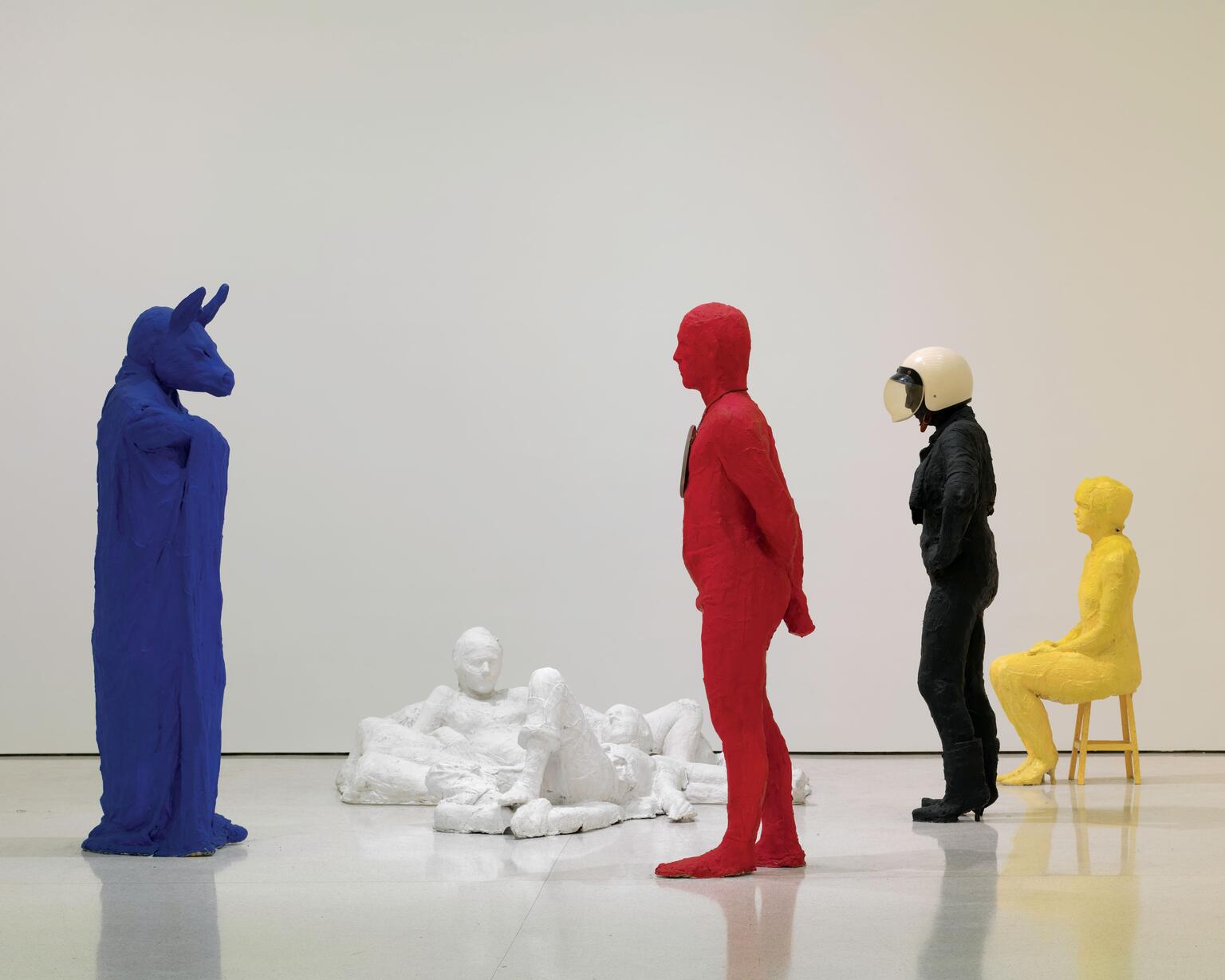
Engage with this Source
Related Guide
Visual and Material Culture in the Mid-Twentieth Century
1939–1973
Jewish visual art flourished and diversified in the postwar period, reflecting the social and political transformations taking place in the world.
Creator Bio
George Segal
1924–2000
American sculptor George Segal is known for his real-life tableaus of plaster sculptures, cast from living models. He began his artistic career as a painter, but did not turn to sculpture until the 1950s, after he had established himself as a painter and an associate of other New York artists involved with environments and “Happenings”; indeed, the first Happening took place on his New Jersey chicken farm in 1957. While his early plaster sculptures were unpainted, from the late 1960s on, he used vivid colors in some of them. Segal’s first major retrospective was presented at the Walker Art Center in Minneapolis, the San Francisco Museum of Modern Art, and the Whitney Museum of American Art, New York (1978). He also produced a number of public monuments cast in bronze, including several powerful Holocaust memorials.
You may also like
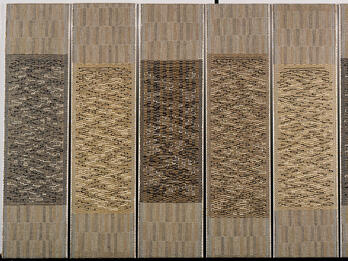
Six Prayers
Six Prayers was commissioned by the Jewish Museum in New York as a memorial to the victims of the Holocaust. The six tapestries evoke Torah scrolls or prayer shawls. The shapes in the central part of…
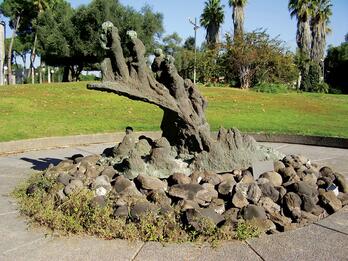
Holocaust and Rebirth (Kibbutz Nezer Sereni, Israel)
Kibbutz Netzer Sereni was established by Holocaust survivors from the Buchenwald concentration camp. In fact, its original name was Kibbutz Buchenwald. It is now named for Enzo Sereni, an Italian…
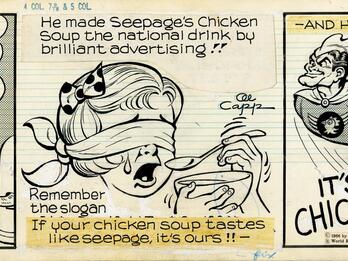
“Chickensouperman” from L’il Abner
L’il Abner, set in the fictional town of Dogpatch in Kentucky, presented a stereotyped view of the U.S. South. But its trenchant satire targeted political and social issues, and popular culture. Here…
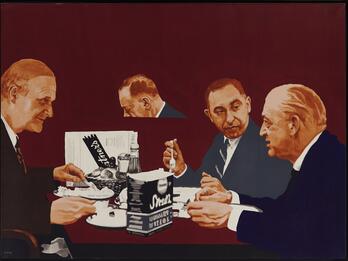
Lunch at Ratner’s
In the 1960s, Howard Kanovitz began using photographs to develop his own distinct style of photorealism. He made drawings of the figures in photographs and abstracted them into fields of color…
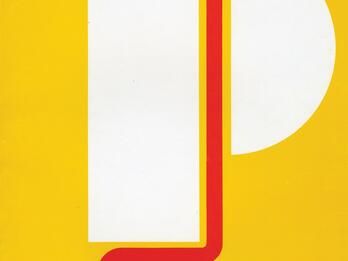
Primary Structures, cover
Elaine Lustig Cohen designed this catalog cover for the Jewish Museum in New York’s exhibition, Primary Structures: Younger American and British Sculptors, at a time when she was developing a bold new…
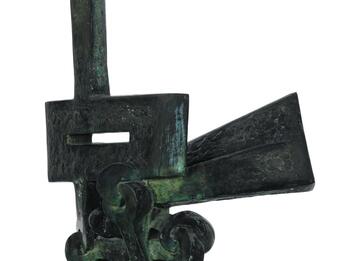
Survivors Are Not Heroes
Survivors Are Not Heroes stands five meters tall on the St. George Campus of the University of Toronto. Etrog intended the bronze sculpture to serve as a critique of traditional war memorials, which…

